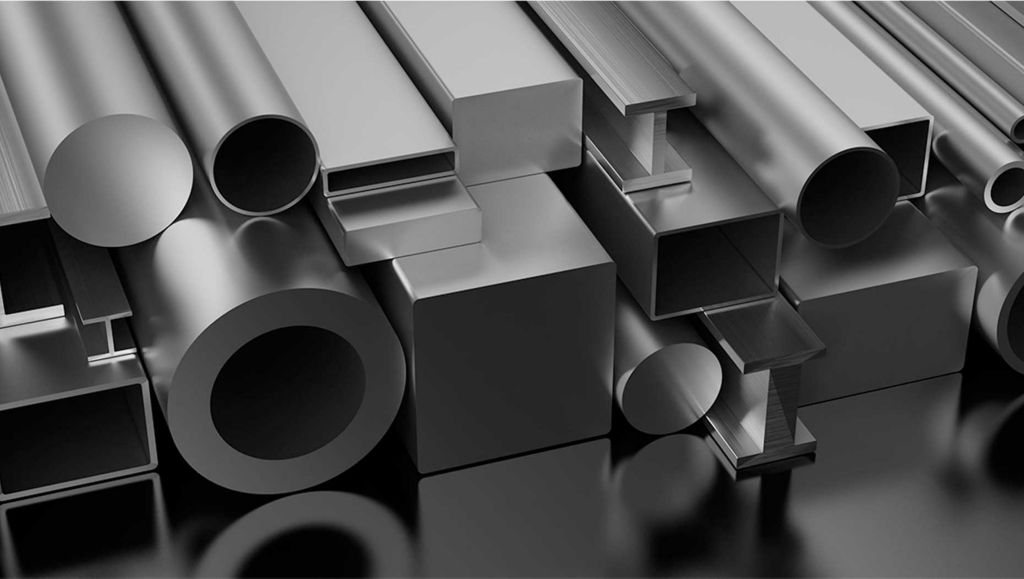Genuine vs. non-genuine truck parts: How do they compare?


Genuine parts are made or selected by the Original Equipment Manufacturer (OEM) and rigorously tested by that maker as an integral component of the vehicle to meet high quality, safety and performance standards. This ensures that the vehicle will drive, function and protect you the way it was intended. Non-genuine parts might look the same and have the same part number or a description saying it is suitable for your vehicle – in some cases have the brand’s logo inscribed (even if this is a trademark infringement). But this does not make them a genuine part. Here is why.
The key difference between genuine and non-genuine parts is that the former has been verified and tested by the OEM. You know where it has been manufactured and how, so you can be confident in its quality, durability and reliability. In the event of a failure, you have an OEM who will take responsibility for it and offer a warranty. Genuine and authorised parts have been designed and built specifically for your vehicle, and will be compatible with your truck’s other parts and systems.
In contrast, when it comes to non-genuine parts, it is not easy to find out where they were made, by whom, and according to which specifications. The materials used and the amount of testing and verification the part has gone through can be unclear—a major concern particularly for safety critical components.
Then, there is the total cost of ownership. Non-genuine parts might offer some cost advantage but in the longer perspective saving money by using low quality non-genuine parts can be a false economy. Think about it, how much will one unplanned stop due to the breakdown of a low quality part cost you? How much will one accident cost you? Given how much you have invested in your truck, does it really make sense to compromise your productivity and safety for comparatively small saving? Particularly when it will also compromise the warranty you have on your truck?
At the end of the day, genuine parts are all created equal while with non-genuine parts it is difficult to make such generalizations. How you choose to replace a failing component will ultimately depend on what your business needs. However being informed on the different options you have and how they weigh up against each other is the first step in making the right decision.
To help you, I have put together a guide that outlines the pros and cons of OEM and non-genuine parts, which includes:
The differences in terms of cost and availability

Goran is a Product Manager at Volvo Trucks